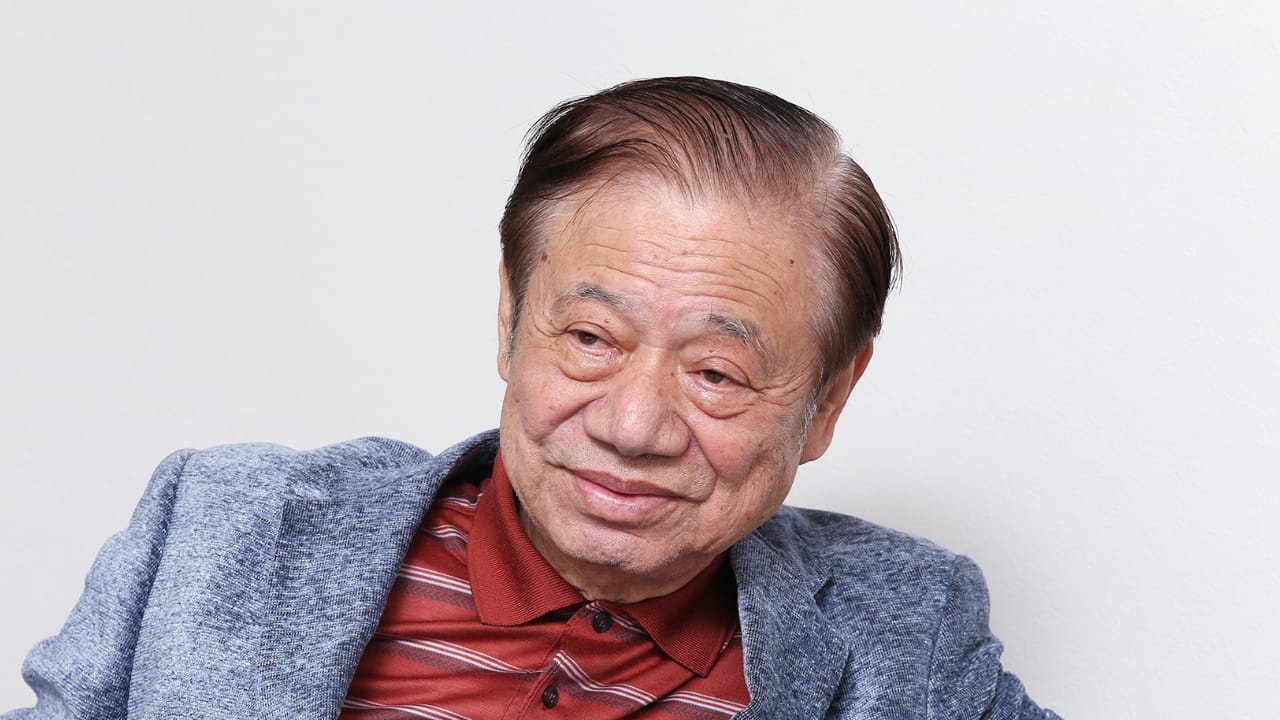ASOURCE®TIMES

カマチグループ会長・創設者
蒲池眞澄
1940年福岡県生まれ。1965年九州大学医学部卒業。虎の門病院、九州大学大学院医学研究科、下関市立中央病院、福岡大学医学部などの勤務を経て、1974年山口県下関市で「下関カマチ医院」を開設。1981年北九州市に小文字病院(現・新小文字病院)、1987年福岡市に福岡和白病院を開設し、院長に就任。
2003年から巨樹の会会長、2018年からは緑野会理事長も務めている。
カマチグループ:
現在グループ全体としては、「社会医療法人財団 池友会」「一般社団法人 巨樹の会」「医療法人社団 埼玉巨樹の会」「医療法人社団 緑野会」「学校法人福岡保健学院」の5法人を柱として病院23施設、診療所3施設、学校7施設(看護1、助産1、看護リハビリテーション2、リハビリテーション3)、助産院1施設を運営する。
大手民間病院グループ「カマチグループ」は救急医療と回復期リハビリテーション医療を柱に独立独歩の発展を遂げている。グループを一代で築き上げた創設者である蒲池眞澄氏にこれまでの歩みと経営戦略について伺った。
1974年、19床から始めた山口県下関市の下関カマチ医院から45年が経ち、カマチグループは、九州、関東地区で急性期病院や回復期リハビリテーション病院など23病院を運営するほか、看護師、リハビリセラピストを養成する7学校などを経営するまでに成長しました。
関東では、カマチグループというと、回復期リハビリテーション病院として名を知られていますが、もともと実践してきたのは救急を中心とした急性期医療です。高度成長期に伴い交通事故の死者数が多かった70〜80年代は、周囲に救急に対応する病院が少ない中で、断らない医療をモットーに救急患者を積極的に受け入れ、福岡、北九州地区での救急患者のたらい回し状態をなくしました。2番目に北九州市に作った小文字病院(現・新小文字病院)では、全科の医師を病院の至近距離に住まわせ「準全科医当直制」とし、大病院の三交代制に匹敵する機能を発揮させました。新しい病院が地域住民の信頼を得るためにはやはり24時間体制が必須条件となるでしょう。その後、福岡県でも福岡和白病院をはじめ5つの病院を作りました。医療搬送用ヘリコプター「ホワイトバード」も民間病院としては早くから導入し、スピード勝負の救急医療に役立てています。長年赤字だった佐賀県の武雄市民病院もグループが引き継いで運営してから経営健全化に導くことができました。
私が初めて病院を立ち上げた1970年代当時は脳卒中患者などの早期のリハビリはよくないと言われていましたが、盲学校出身のある若い優秀なセラピストが治療後すぐに適切なリハビリを行えば回復が早いことを実例を示し力説していました。私も増加する救急患者に対応するためには、ベッドの回転率を高める必要があると考えていたので、そのセラピストの先見性に大いに勇気づけられたものです。このことがきっかけで、早期リハビリの重要性を認識し、リハビリにも力を入れるようになりました。
関東地区は全国的に見て回復期リハビリ病床が非常に少ないことに注目し、2000年ごろから関東進出を計画。2006年の千葉県の八千代リハビリテーション病院を皮切りに、東京、埼玉、神奈川、千葉、栃木に年1~2施設のペースで回復期病院を開設しました。
15年にはフラッグシップともいえる日本最大規模の原宿リハビリテーション病院(332床)を開院。初期投資額は約200億円で、都心の一等地での開設は大きなチャレンジでしたが、開院直後から近隣の大規模な急性期病院などから患者さんが紹介され、すぐに満床状態となりました。しかも在宅復帰率89%と、リハビリの効果はすばらしいものがありました。やはりニーズは確実にあったのです。この病院では、医師21人(非常勤含む)のほか、理学療法士120人、作業療法士80人、言語聴覚士30人が揃っています。診察室の椅子などの備品はカラフルで、そうした明るい色使いはデザイナーが考えてくれました。
蒲田の病院はパイオニアの音響研究所、五反田の病院はレナウンの元本社ビル、原宿の病院はキリンビールの元本社ビルをそれぞれ改修したもので、既存のビルを再利用することで、病院開設に伴う工期短縮や建設費用を大幅に抑えています。
カマチグループの平均在宅復帰率は89%と全国平均の78%を大きく上回り1日のリハビリ単位量は約8単位(160分)以上と高水準です。私たちは、リハビリに関しては、30年以上のノウハウがあり、重症度の高い患者さんにも対応できるセラピストと設備を整えていることが一番の強みだと思っています。セラピストが足りていない状況を打開するために作ったリハビリテーション学院で学んだ多くの卒業生が今私たちの病院で活躍しています。こうした利点を最大限に生かし、急性期と回復期リハビリテーションの両方を実践することで、シームレスな医療の提供が可能となります。
グループの病院は新設を除けば全て黒字で推移しています。結果として成功に導いてはいますが、過去の失敗を糧としているところが少なくありません。厚労省の政策を10年先取りして動かねば、と自分の感性で経営判断をしています。グループの各病院を月2回ずつ定期的に回り、現場で問題点を探り、患者目線で細かく指導しています。患者さんが支払う医療費を有効に活かし、「手には技術、頭には知識、患者さまには愛を」をモットーに大和民族のための医療に邁進していきたいと考えています。